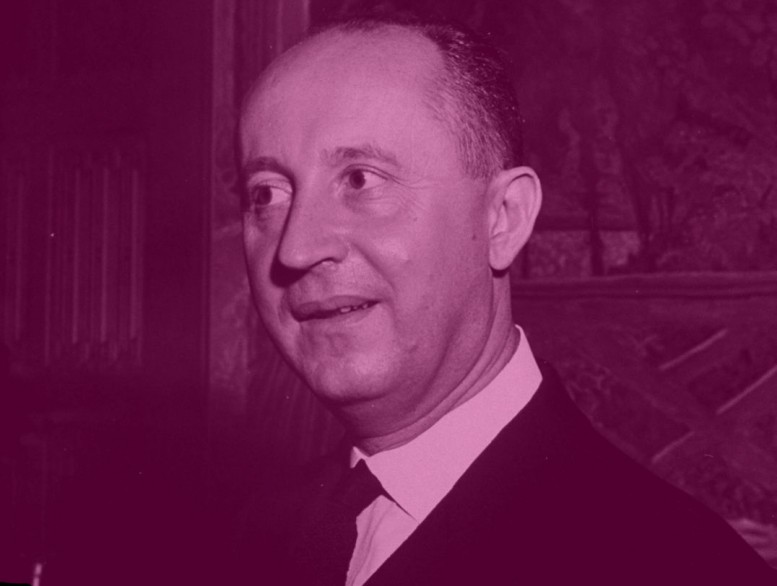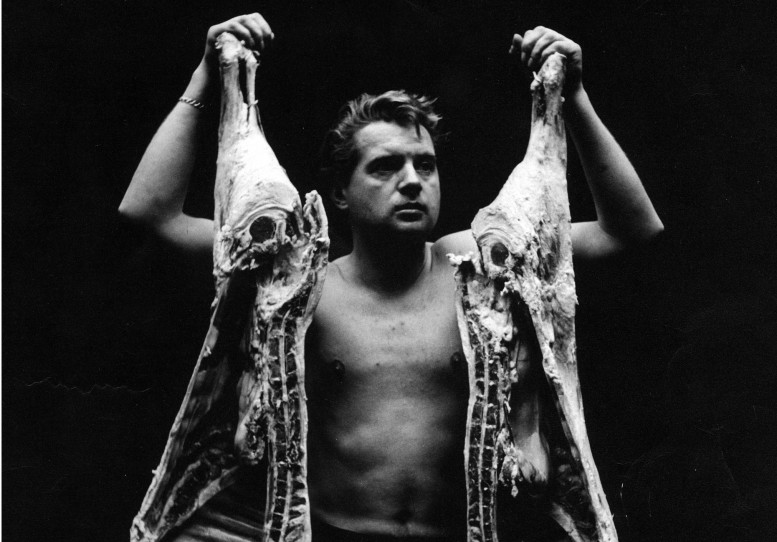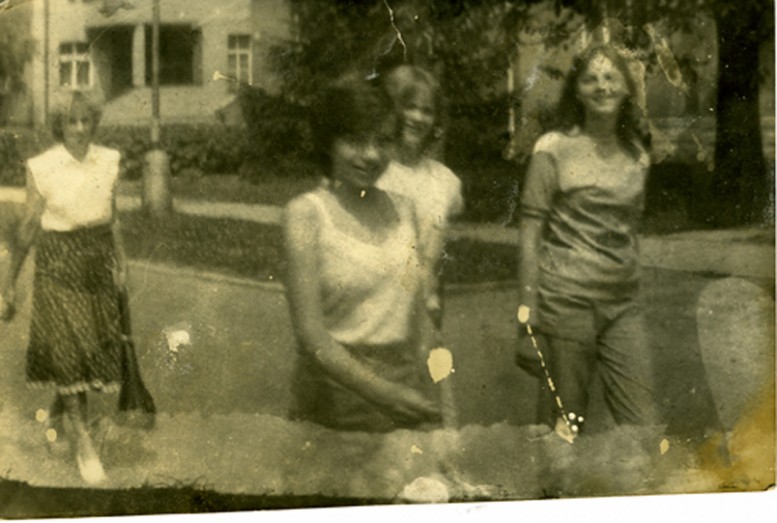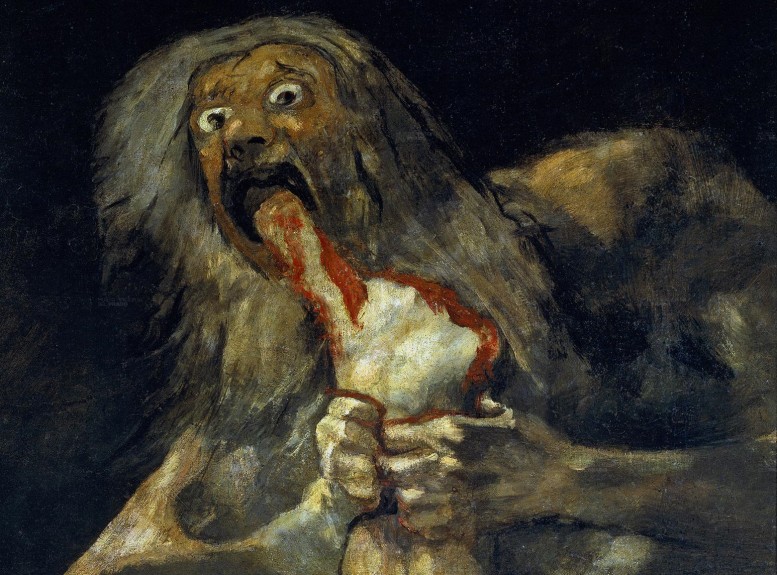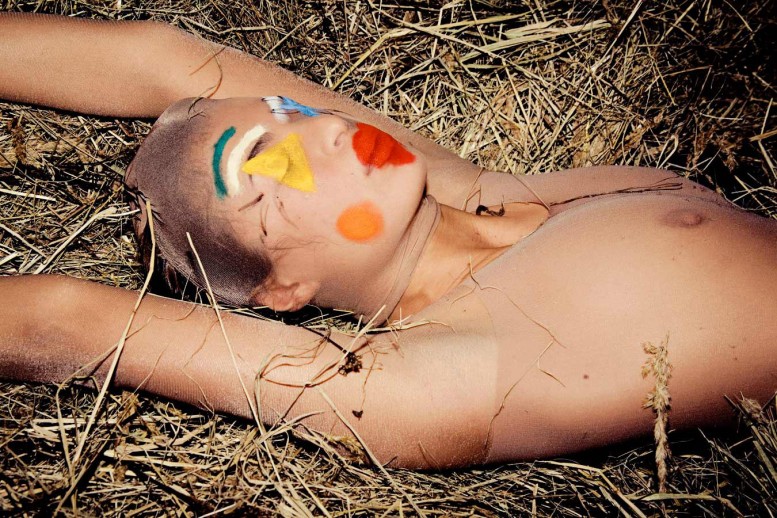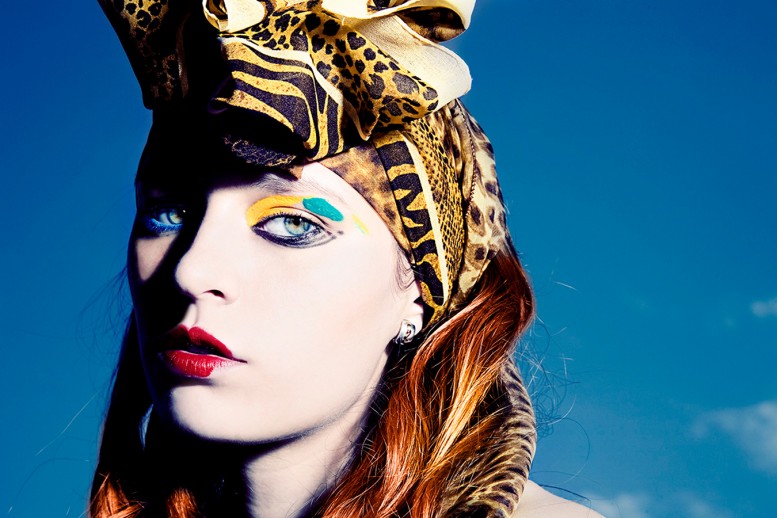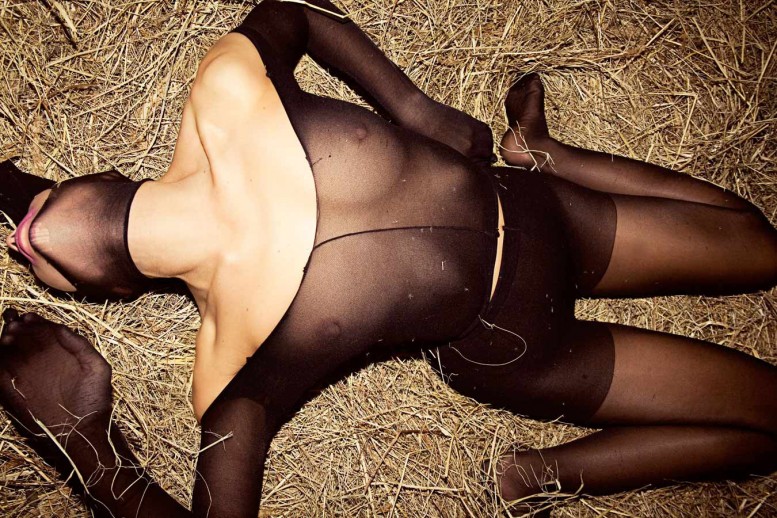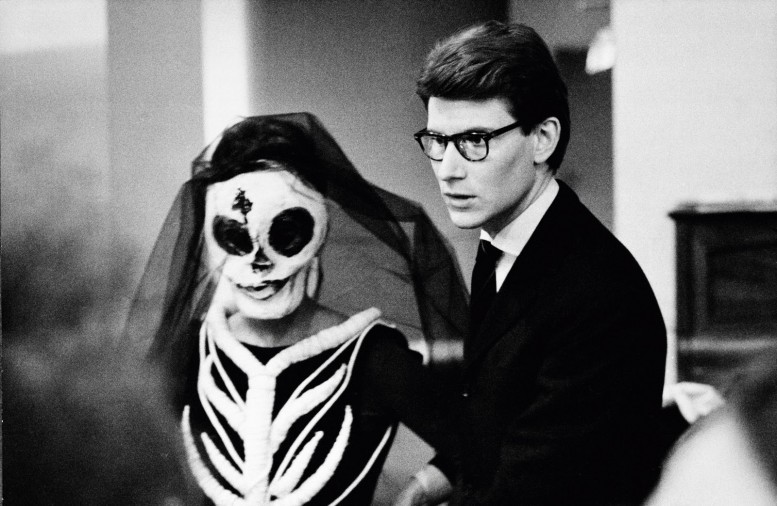 Marc Swanson, Untitled Boxer, 2010
Marc Swanson, Untitled Boxer, 2010
Marc Swanson constructs sculptures out of found iconographic sources, from taxidermy to tattoos, fabricating them from culturally-loaded materials so that the resulting sculptures in both form and content reveal the conspicuous constructedness of our personas in the modern mediated world. For example, taxidermy forms relating to his own father’s fantasy of an outdoorsy hunter’s life—one his dad never really lived but simulated—are overlaid with the glittered mirrored surfaces associated with the demimonde of the after-midnight nightclub world the artist inhabited for many years.
 Marc Swanson, Untitled Black Fighting Bucks, 2009
Marc Swanson, Untitled Black Fighting Bucks, 2009
Swanson’s allusions often refer simultaneously to both the austere, rarefied, and serious history of minimal art and the legacy of cheesy metal and self-consciously decadent glam rock bands. In stating the equal importance of both in his work, Swanson makes viewers aware of the complex negotiations between high and low culture in everyone’s lives. An exhibition, curated by Bill Arning, Director, at the Contemporary Arts Museum Houston opens this July. Marc Swanson: The Second Story–July 2 to October 9, 2011, at the Contemporary Arts Museum Houston–www.carmh.org




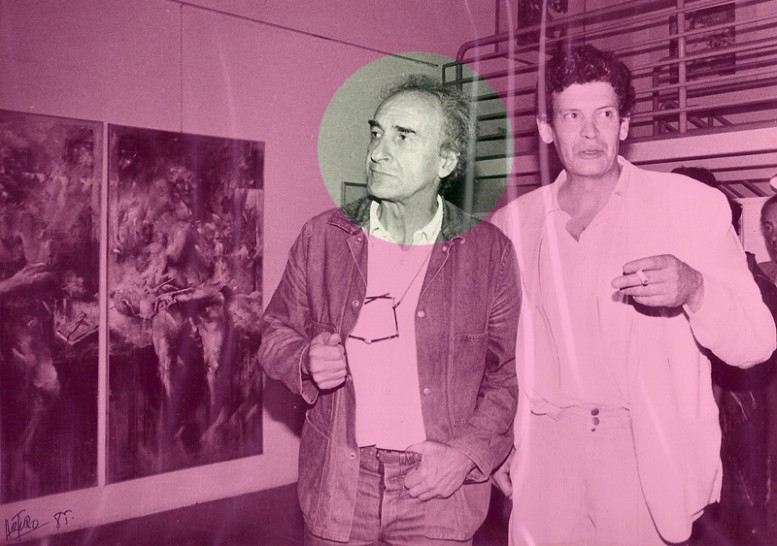
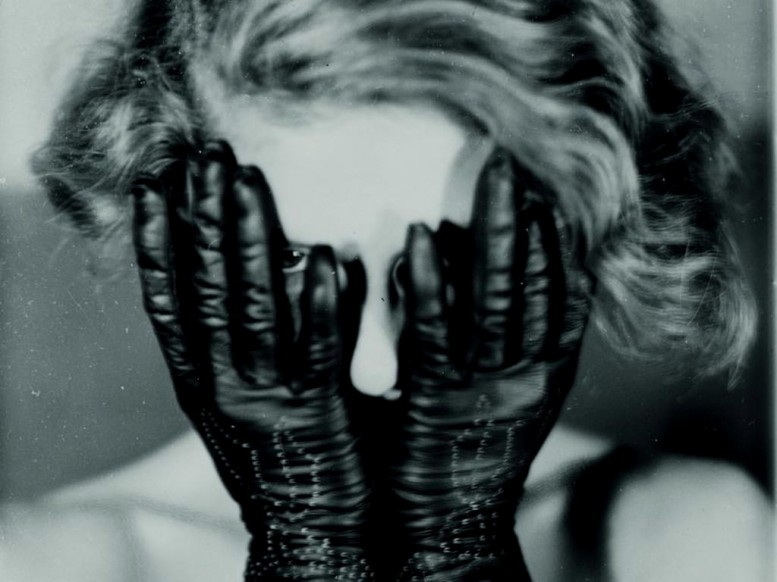

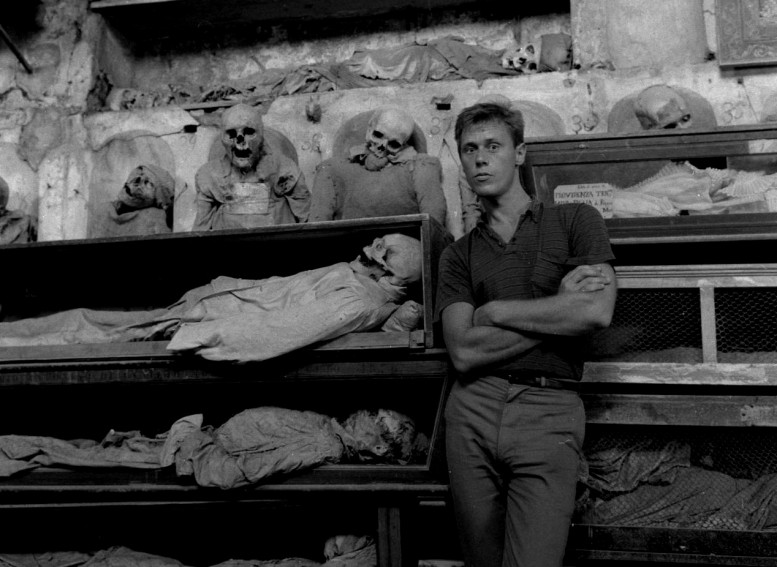
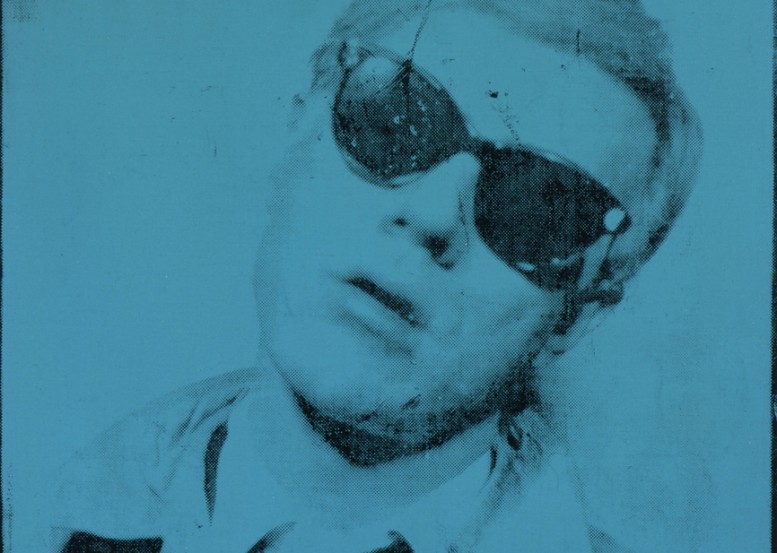
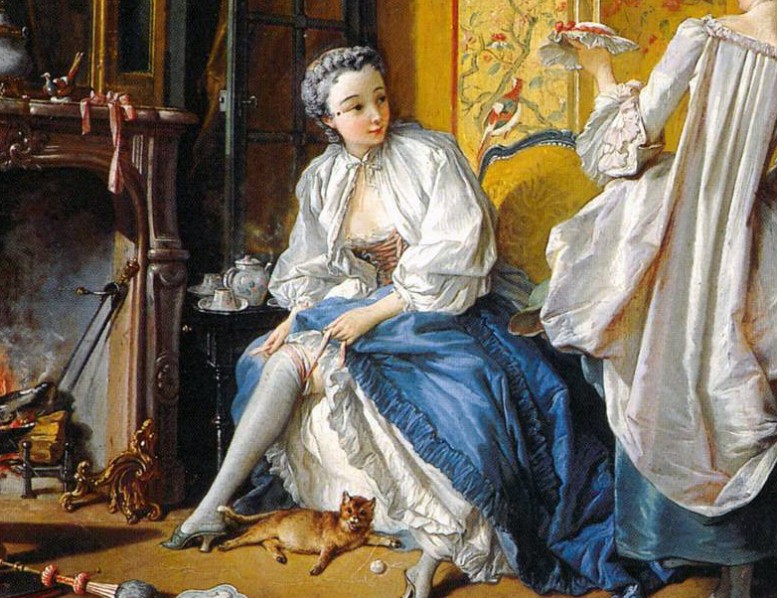

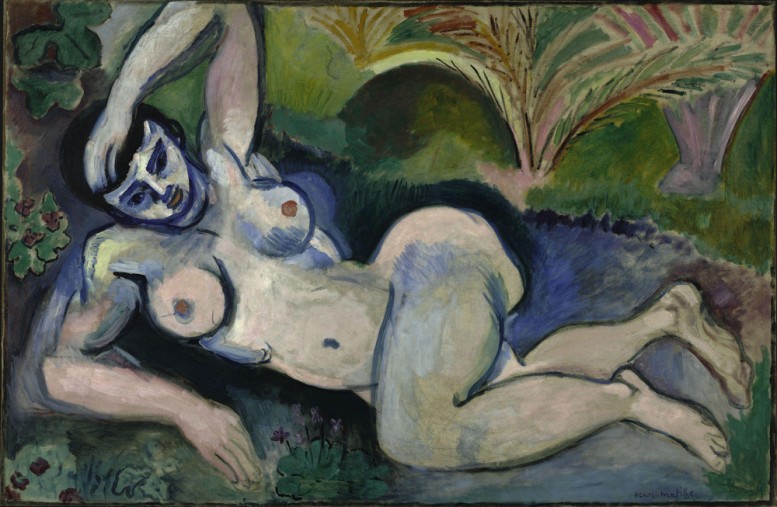

 The Mourners: Tomb Sculptures from the Court of Burgundy features thirty-seven sculptures from the tomb of John the Fearless (1342–1404), the second duke of Burgundy. His elaborate tomb, once housed at a monastery on the outskirts of Dijon, is now one of the centerpieces of the Musée des Beaux-Arts de Dijon. On view until July 31 at the Los Angeles County Museum of Art.
The Mourners: Tomb Sculptures from the Court of Burgundy features thirty-seven sculptures from the tomb of John the Fearless (1342–1404), the second duke of Burgundy. His elaborate tomb, once housed at a monastery on the outskirts of Dijon, is now one of the centerpieces of the Musée des Beaux-Arts de Dijon. On view until July 31 at the Los Angeles County Museum of Art. 